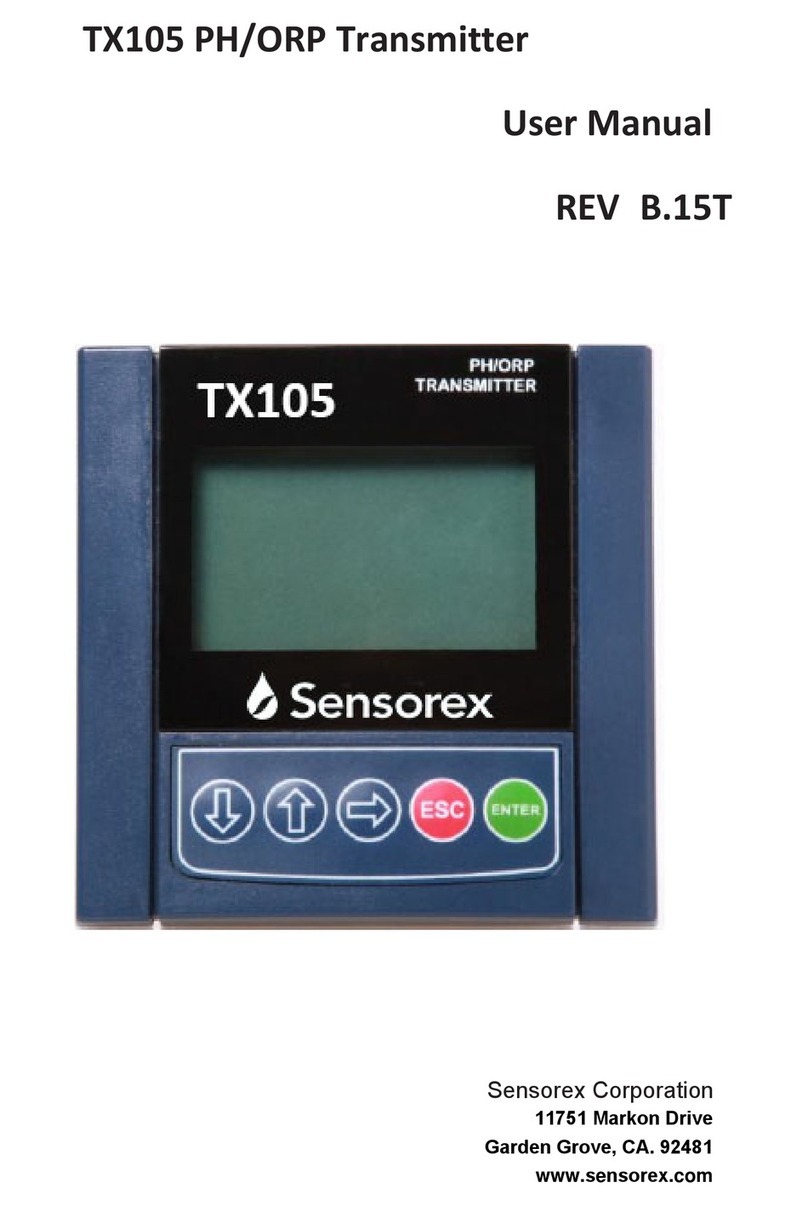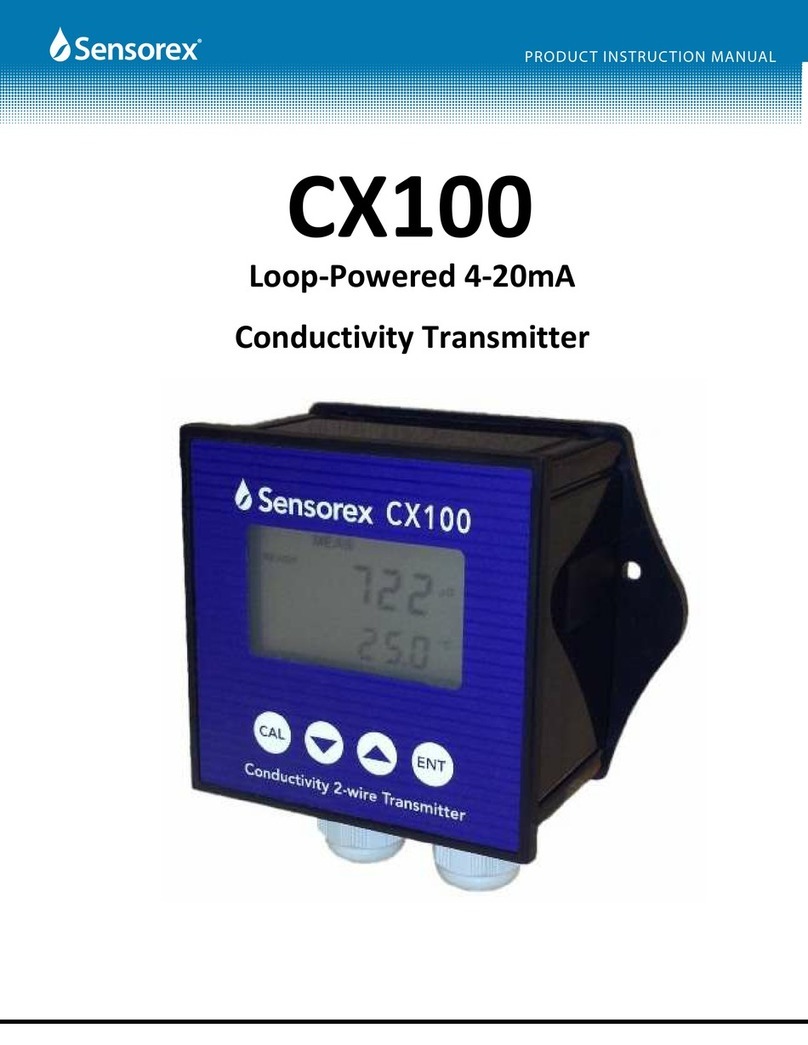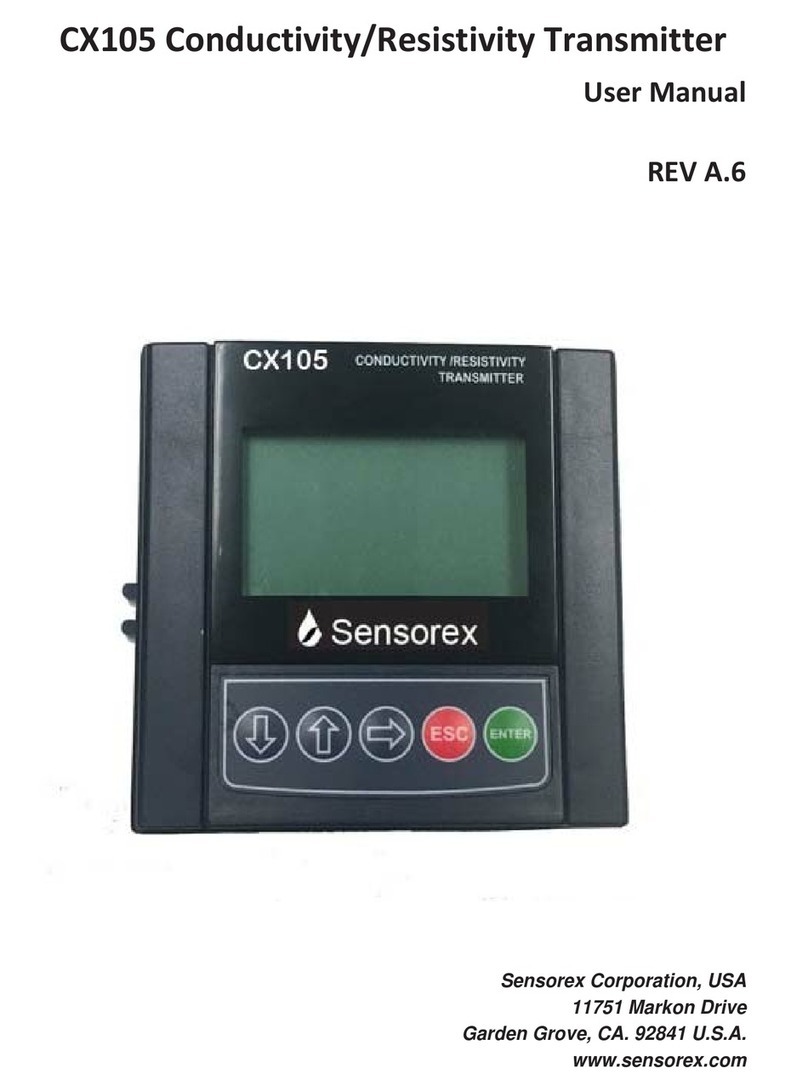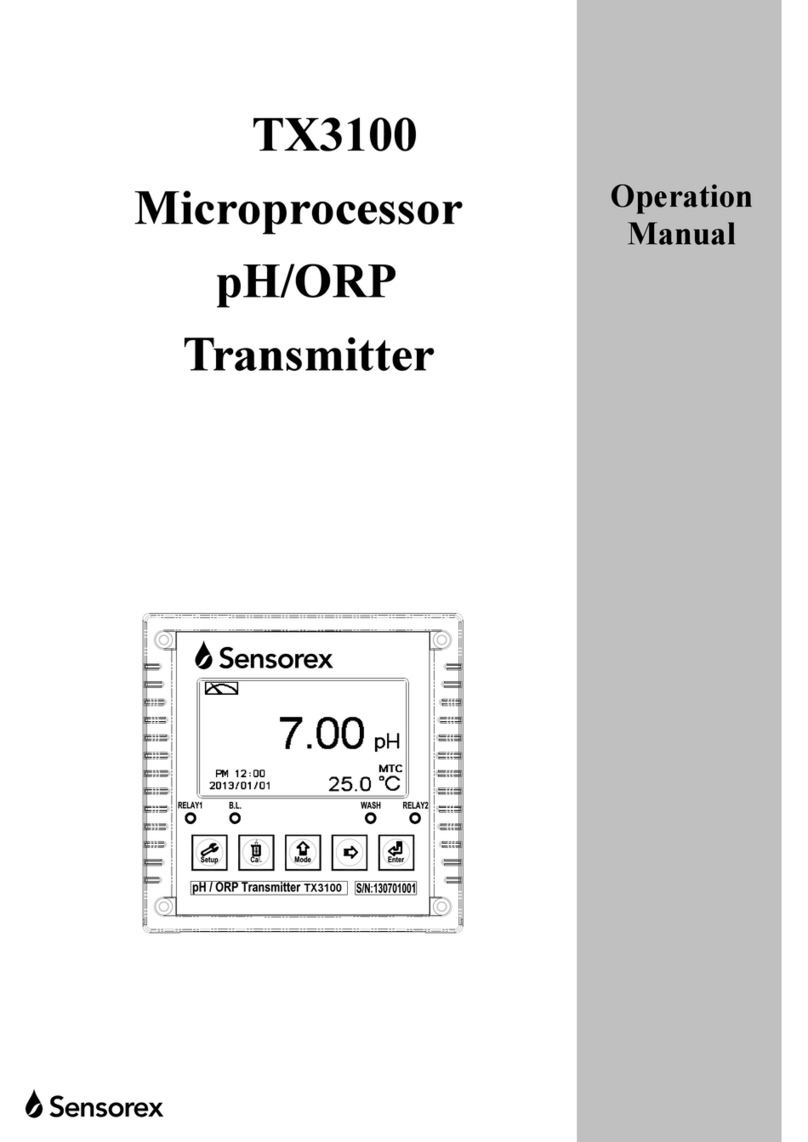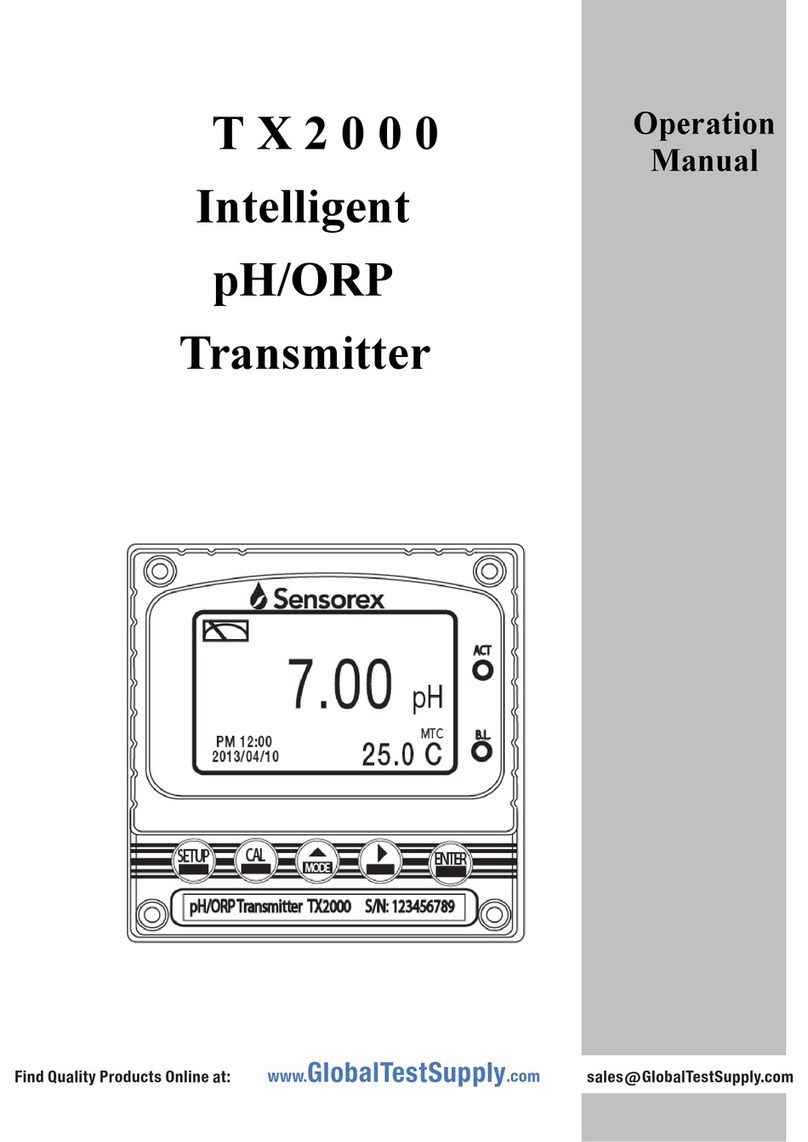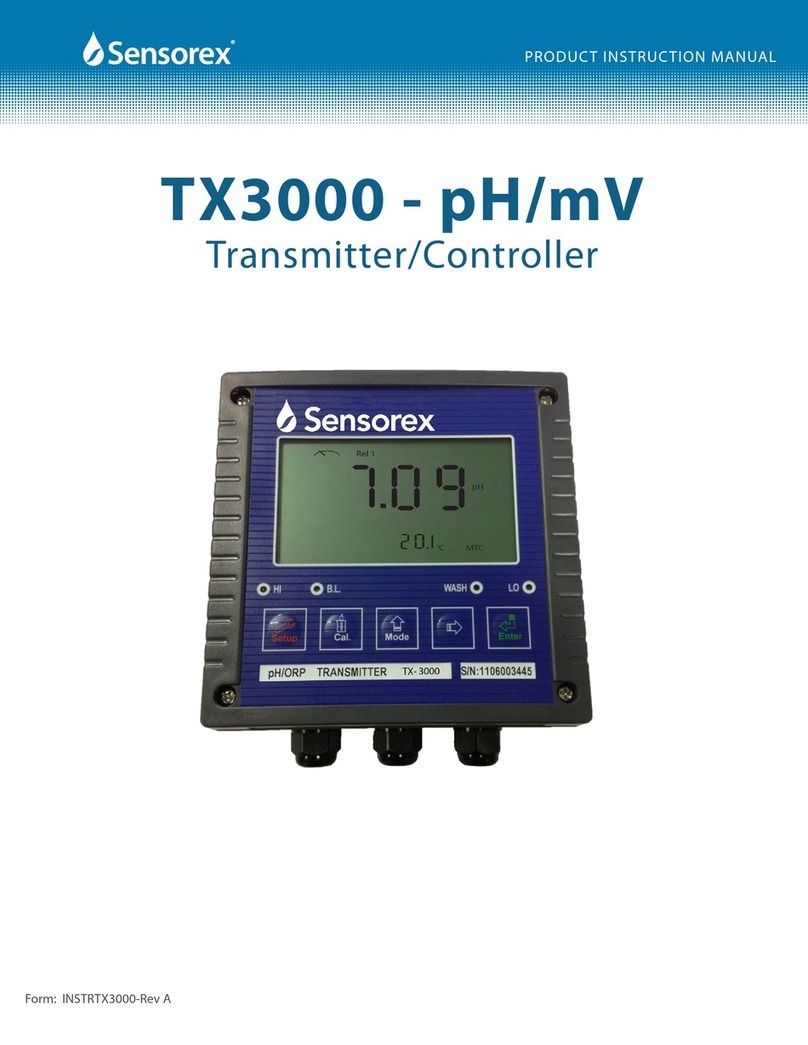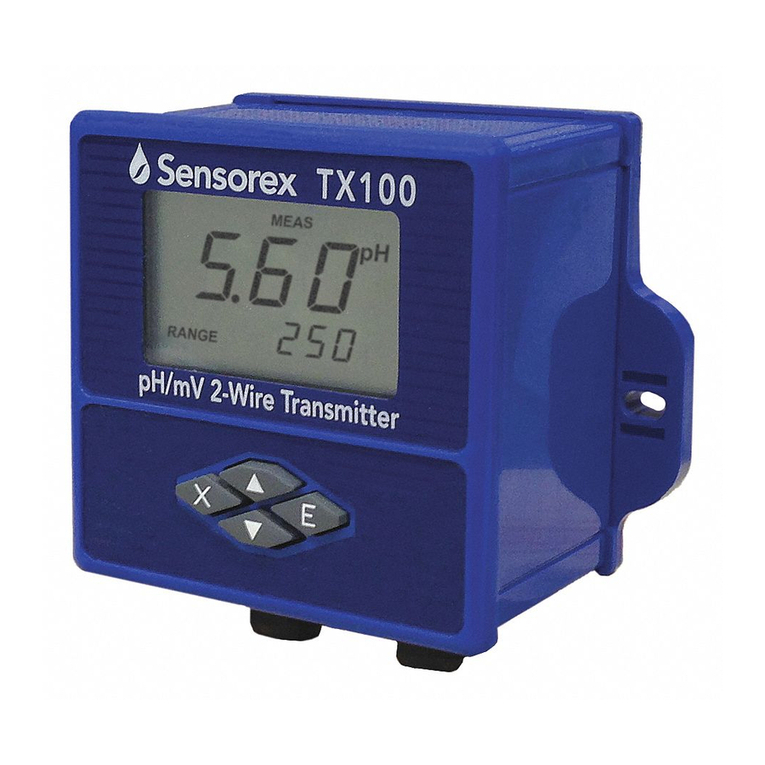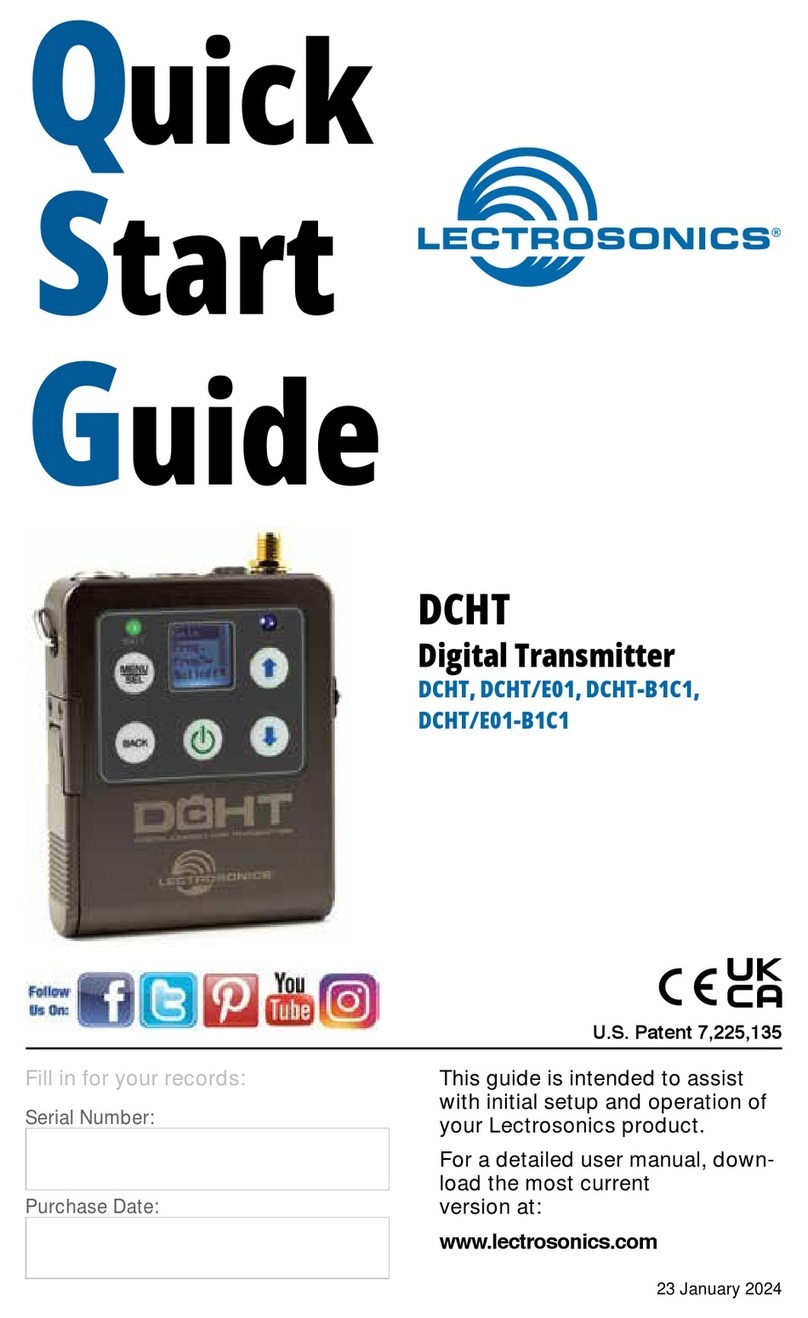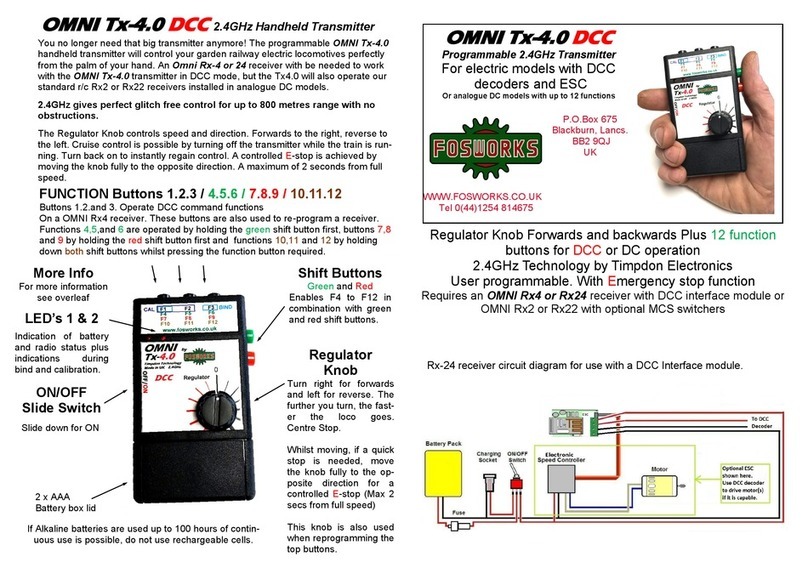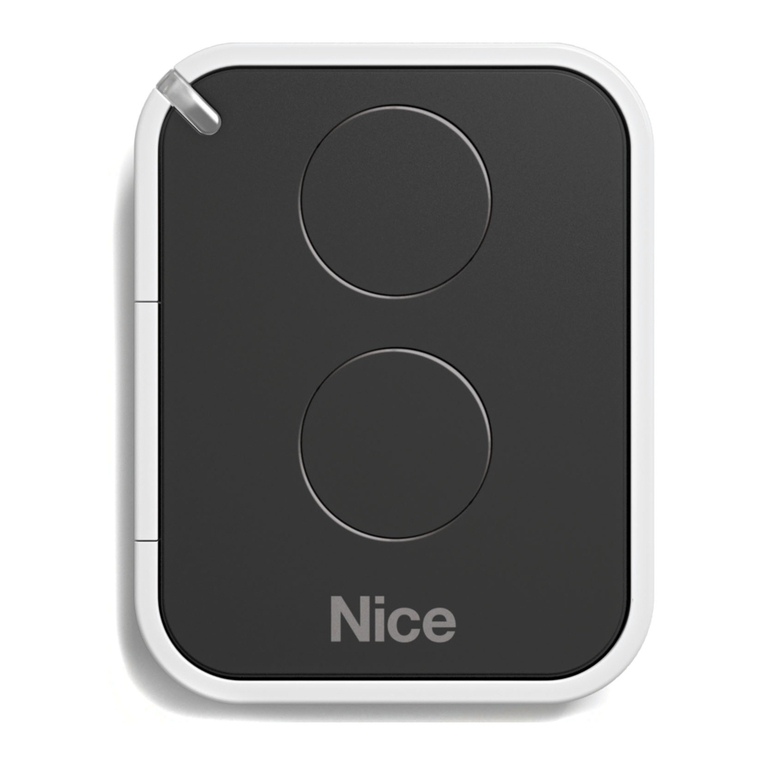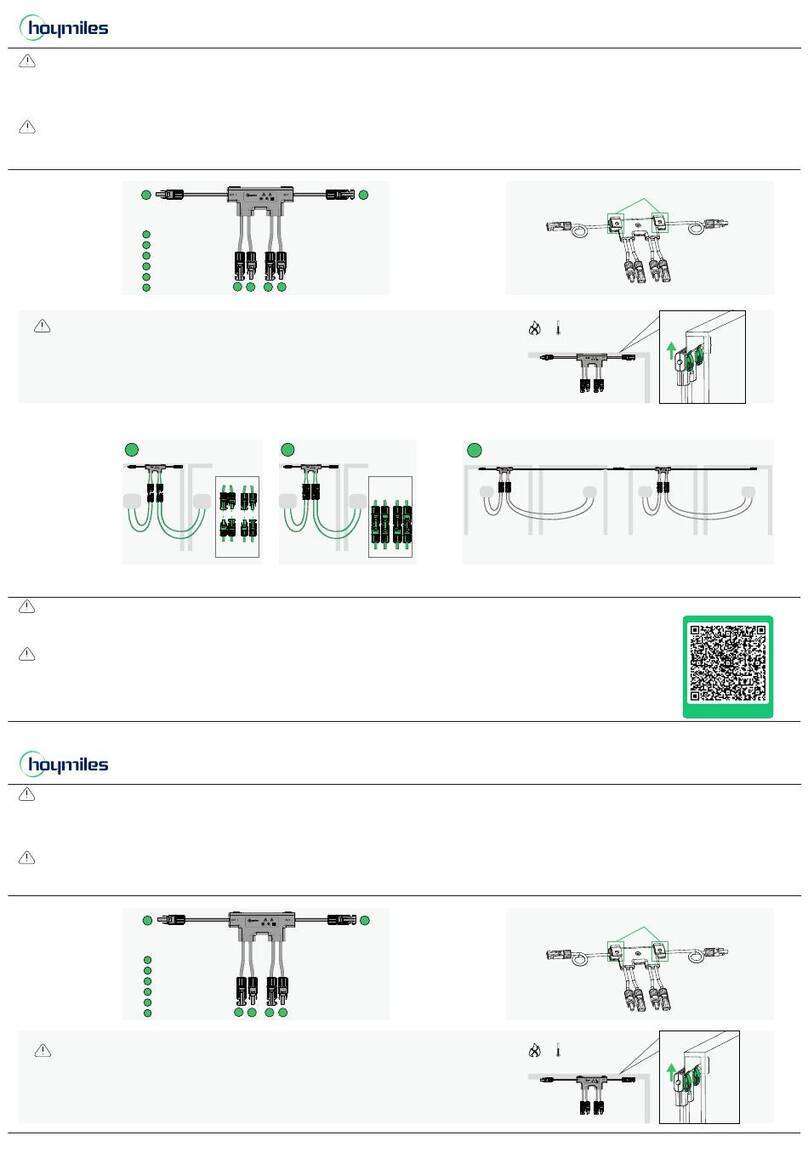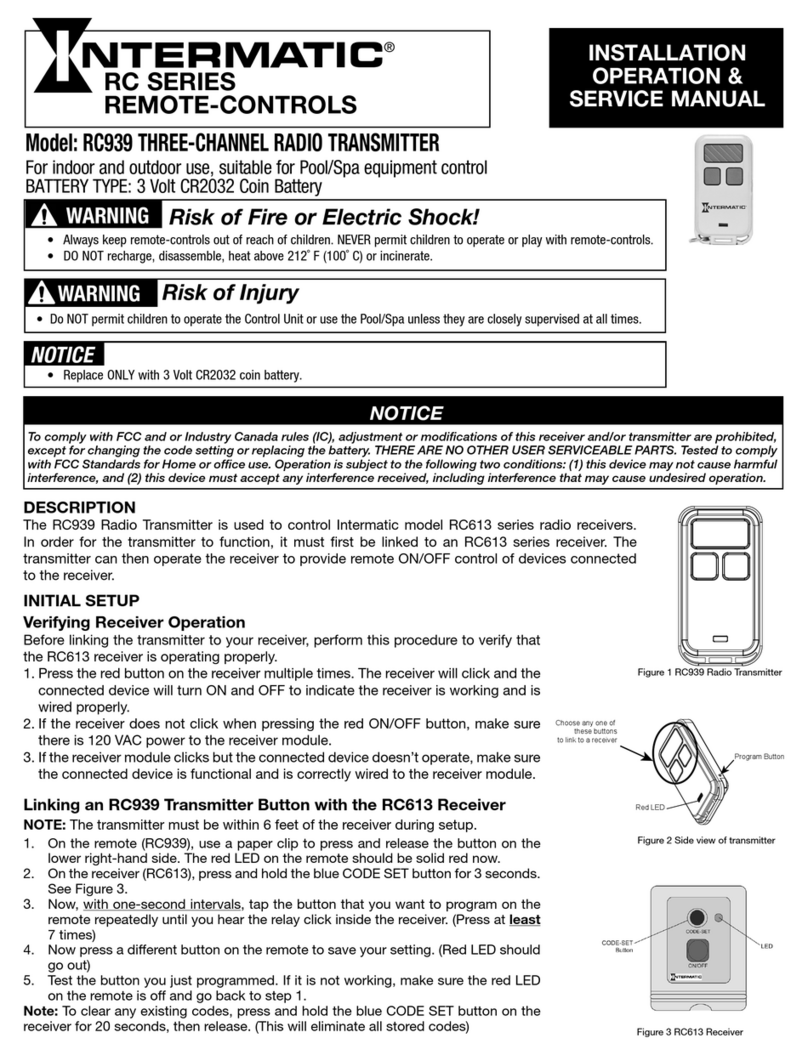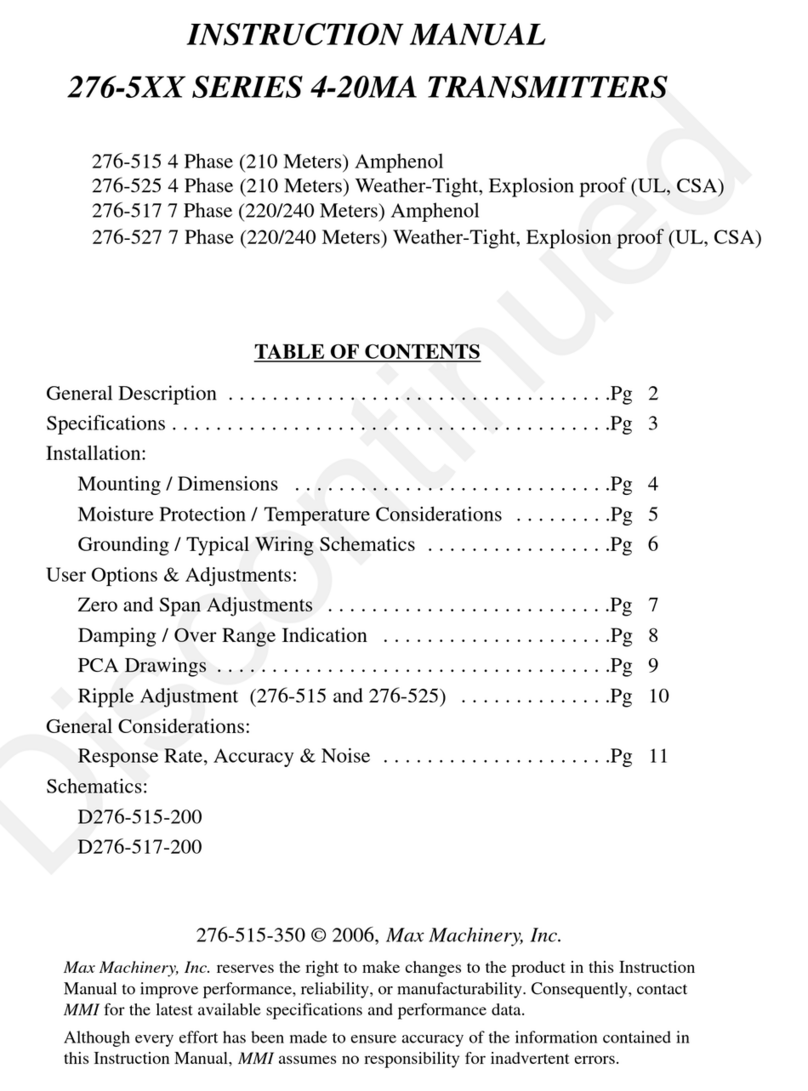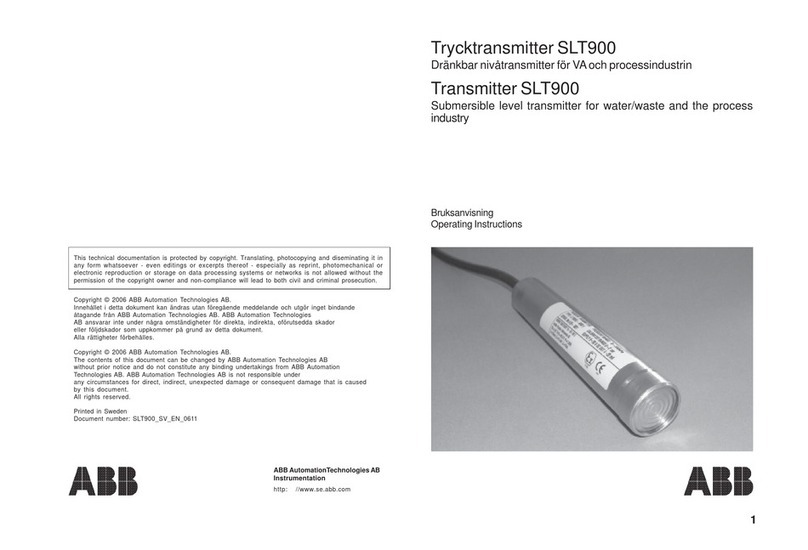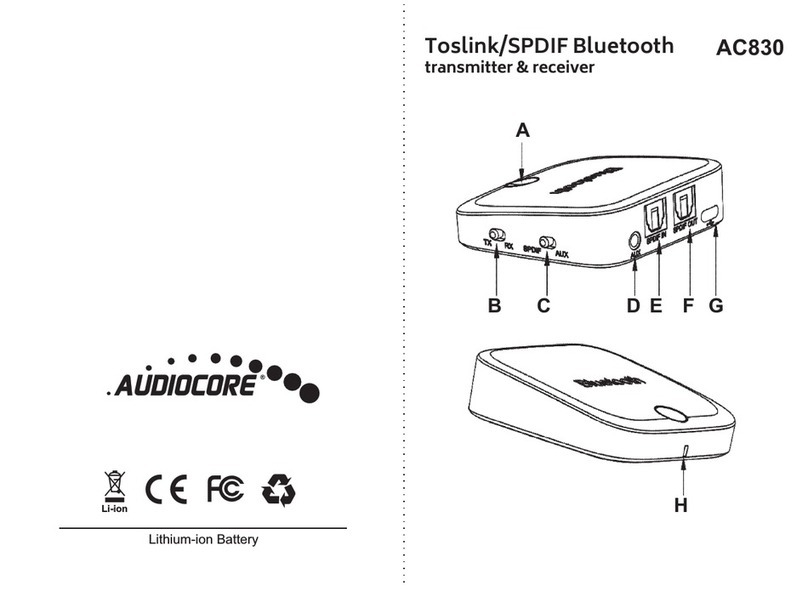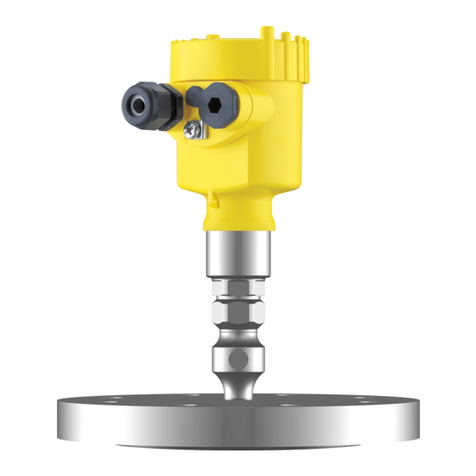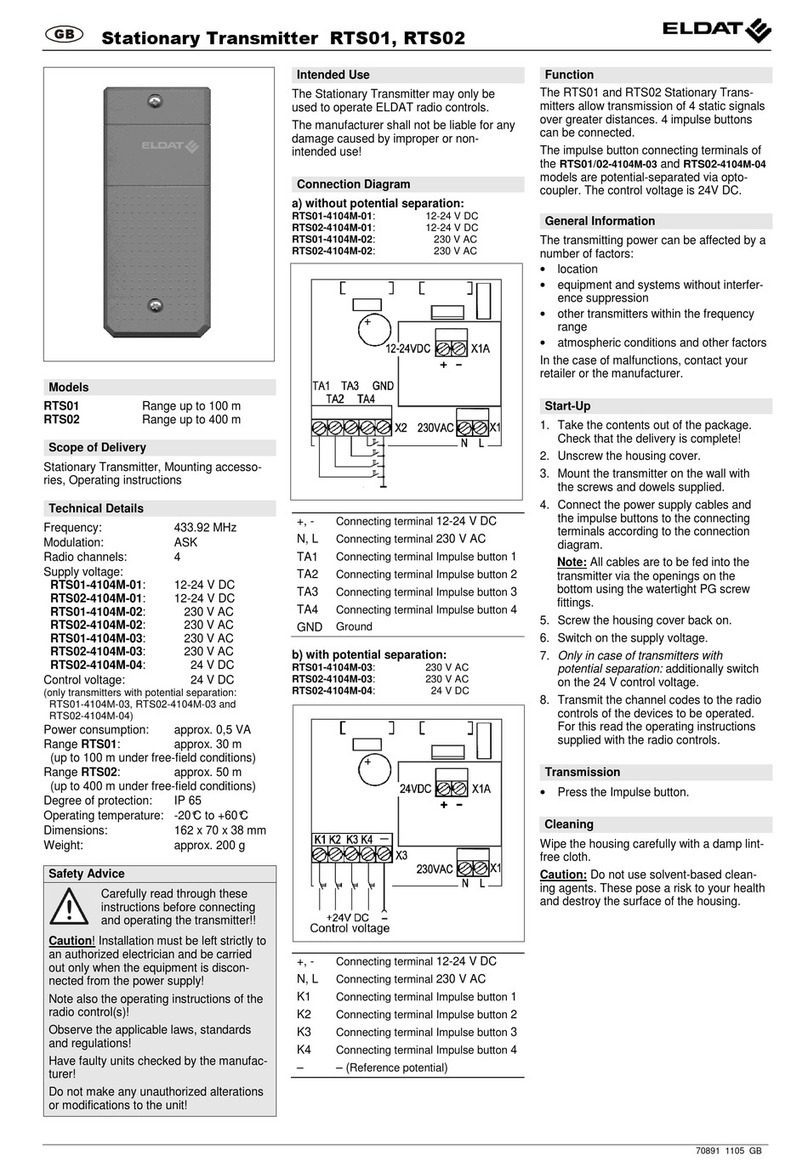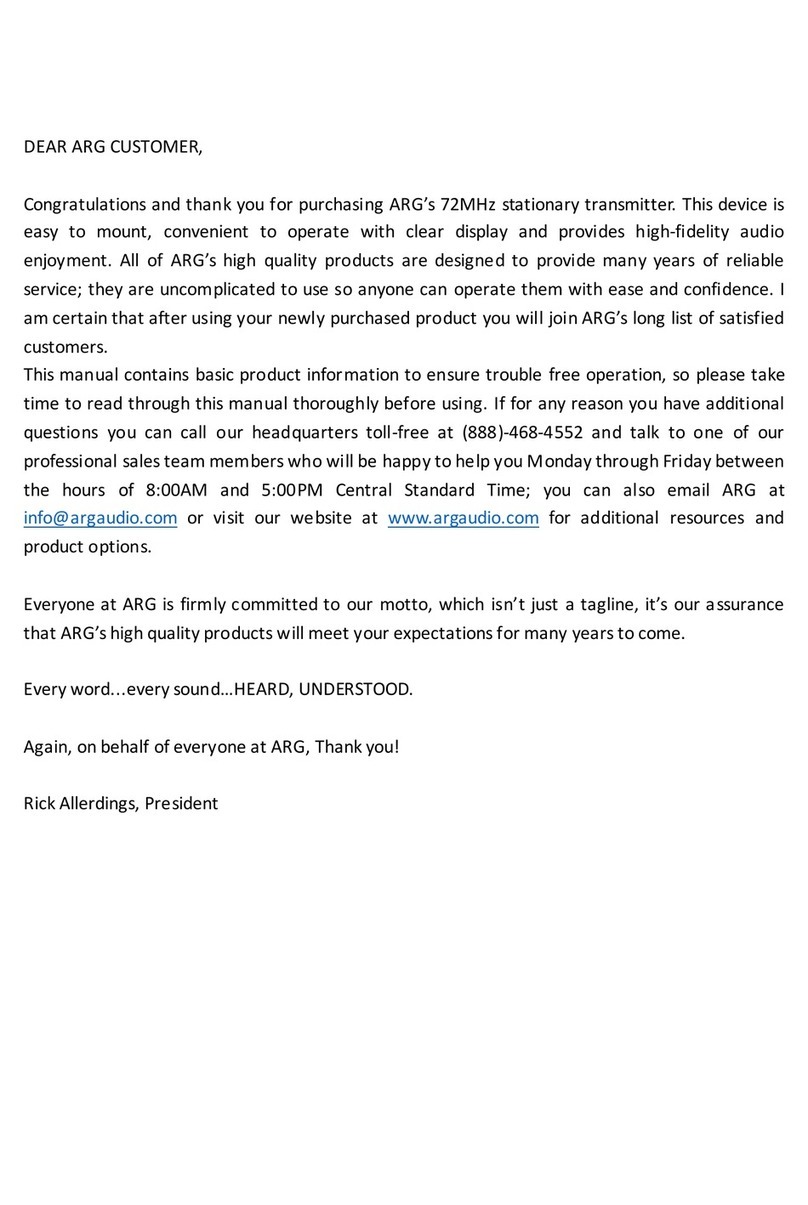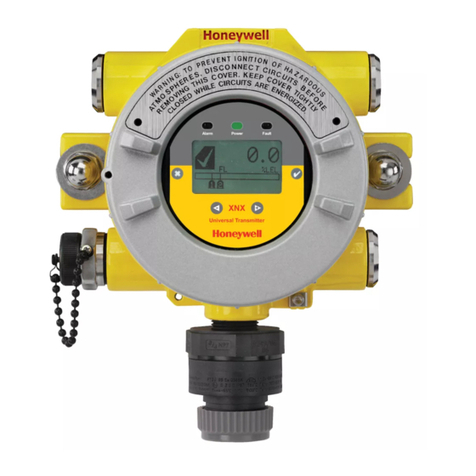
2
Installation
1. Two 6-32 mounting holes 9” centers are provided. The transmitter can be mounted in a
head, weather-proof box, or DIN rail.
2. The output wires are isolated from ground; connections are made at the terminal strip
observing polarity to the terminals marked + , -out. These wires are to be connected to a
DC power supply through a load resistor. The wires can be as long as necessary.
Connect the ground terminal to earth ground.
3. The loop resistor can be either in the positive or negative power supply lead. The value
of the loop resistor depends on the voltage required at the monitoring location. Calculate
the required power supply voltage from the following equation:
minimum Vpower supply = 12 + (0.02 x Rloop)
A convenient value for the loop resistor (Rloop) might be 250Ωand so the minimum power
voltage would be:
minimum Vpower supply = 12 + (0.02 x 250) = 17V DC
The maximum supply voltage is 36V DC.
4. Connect sensor to transmitter by matching wire color to designated color on terminal
block (i.e. electrode’s red wire to terminal block “RED”, …)
5. Turn the unit on end with the conductivity cell in the air and adjust the “ZERO” to an
output current of 4.00mA
6. Put the conductivity cell in a conductivity solution that exceeds the highest expected
value and adjust “SLOPE” to an output current of 20.00mA
7. SPECIAL NOTE: The transmitter is supplied with a 10K resistor in place of where the
temperature compensation can be connected. Leave the resistor in place if your
electrode does not have temperature compensation (2-wires only). Remove the resistor
if your electrode has 3 wires.
